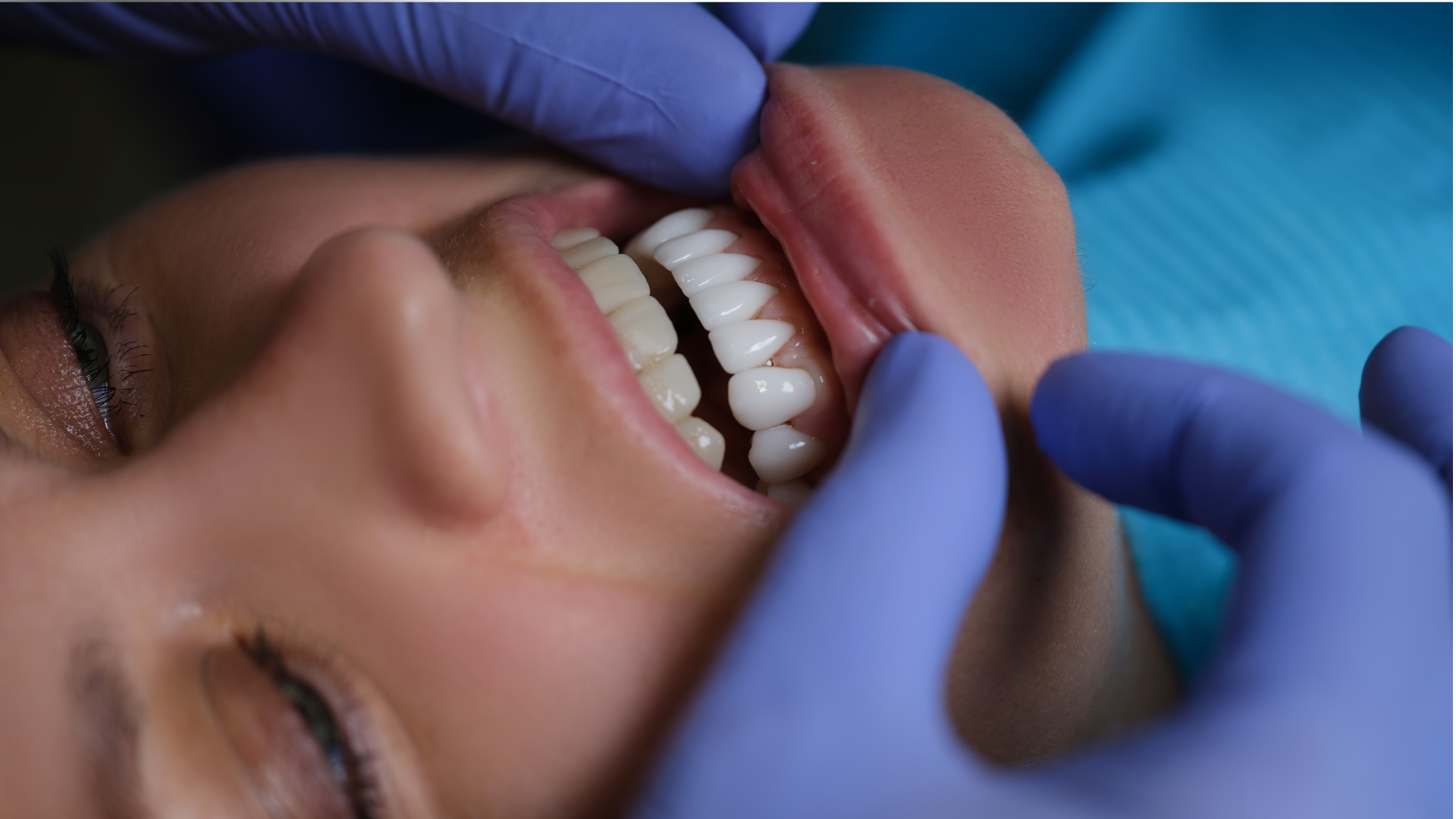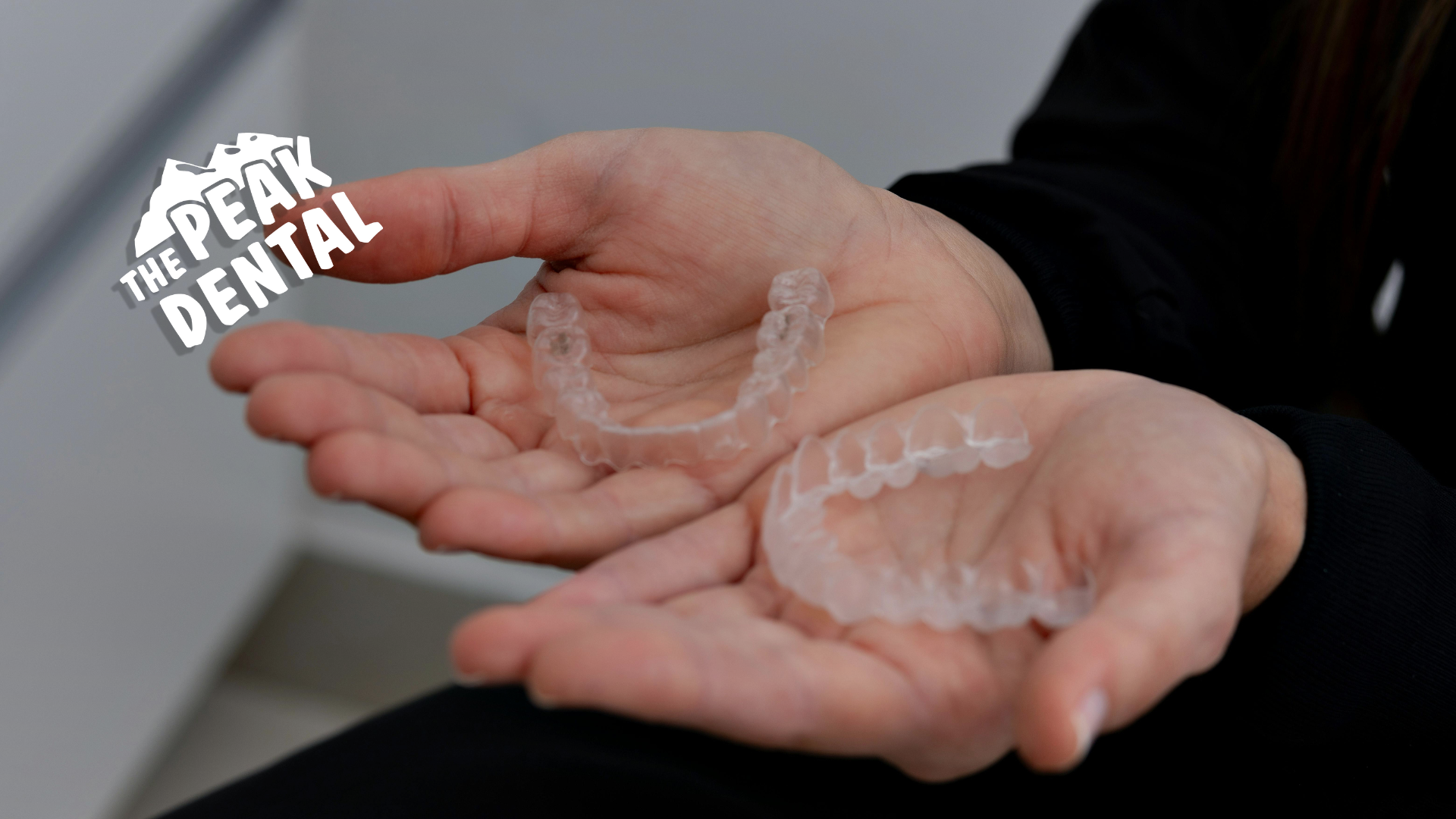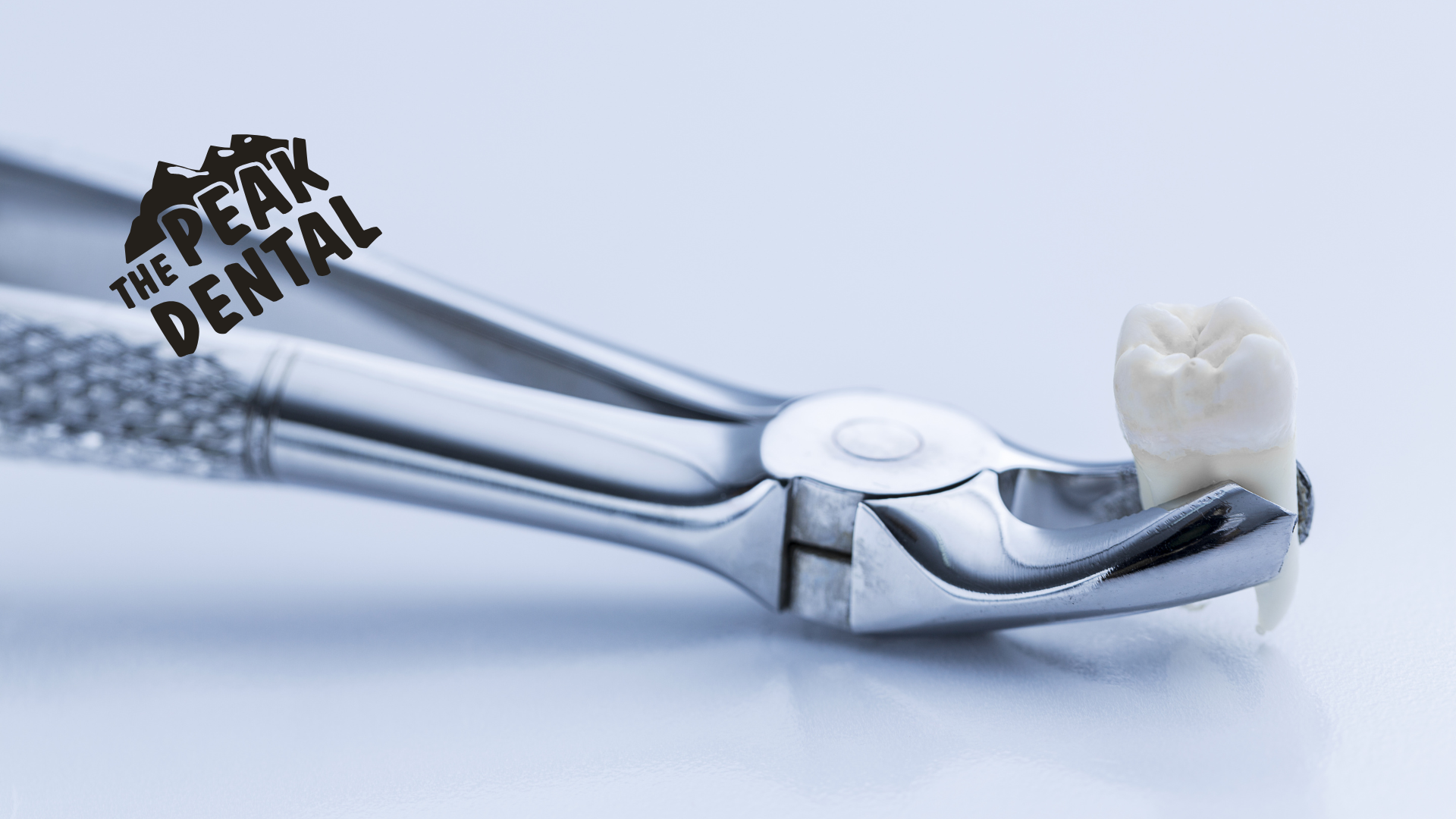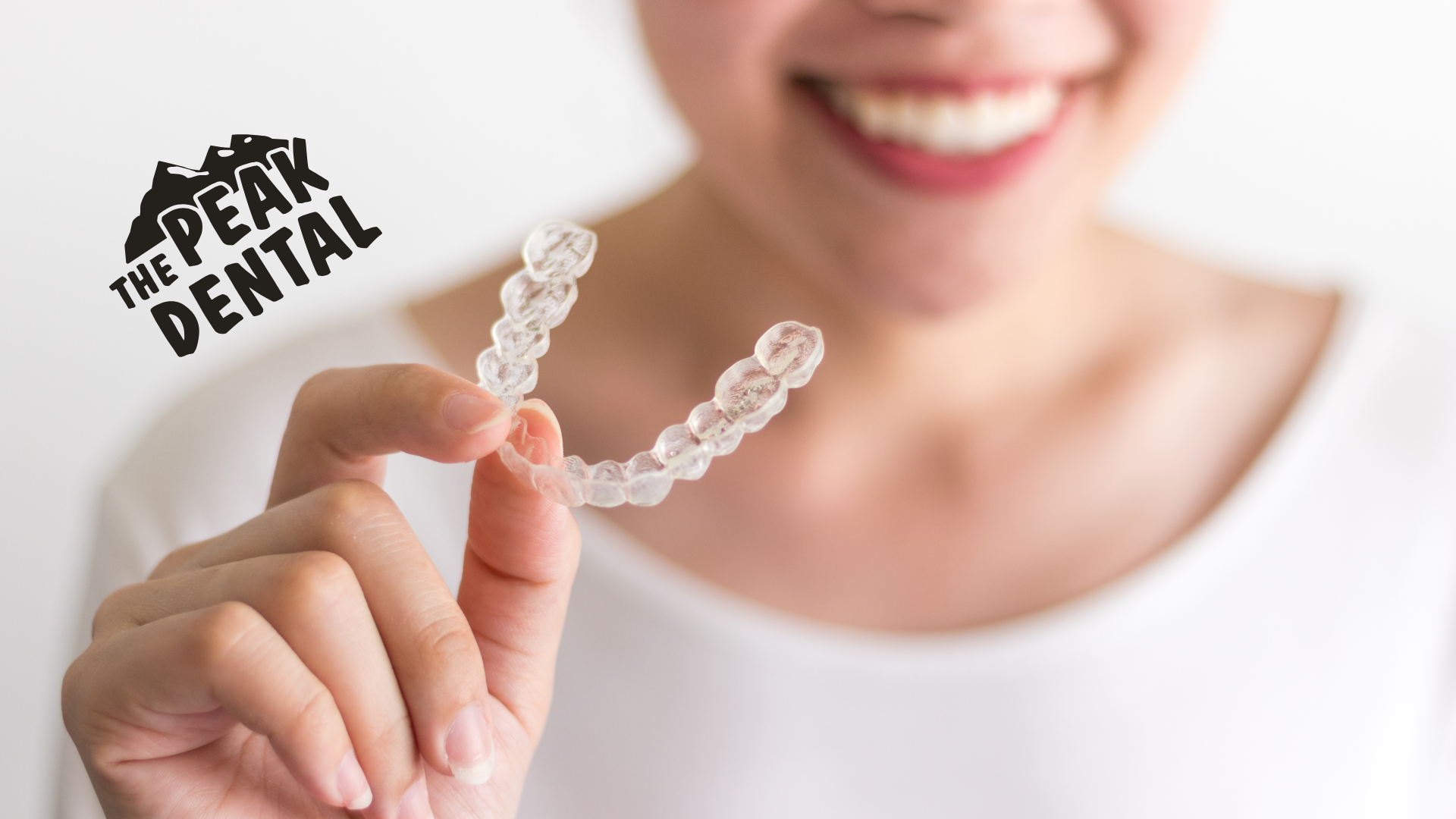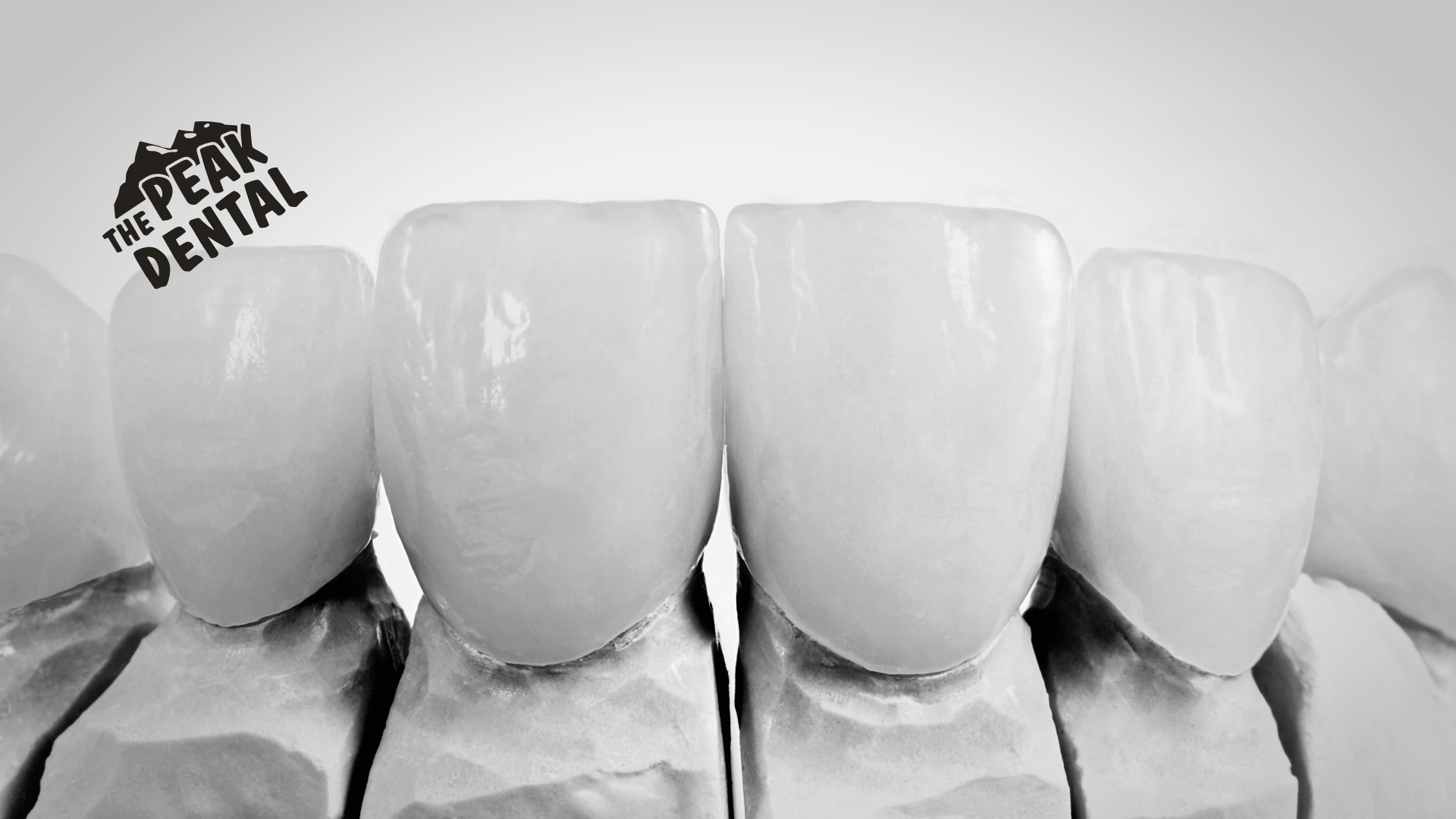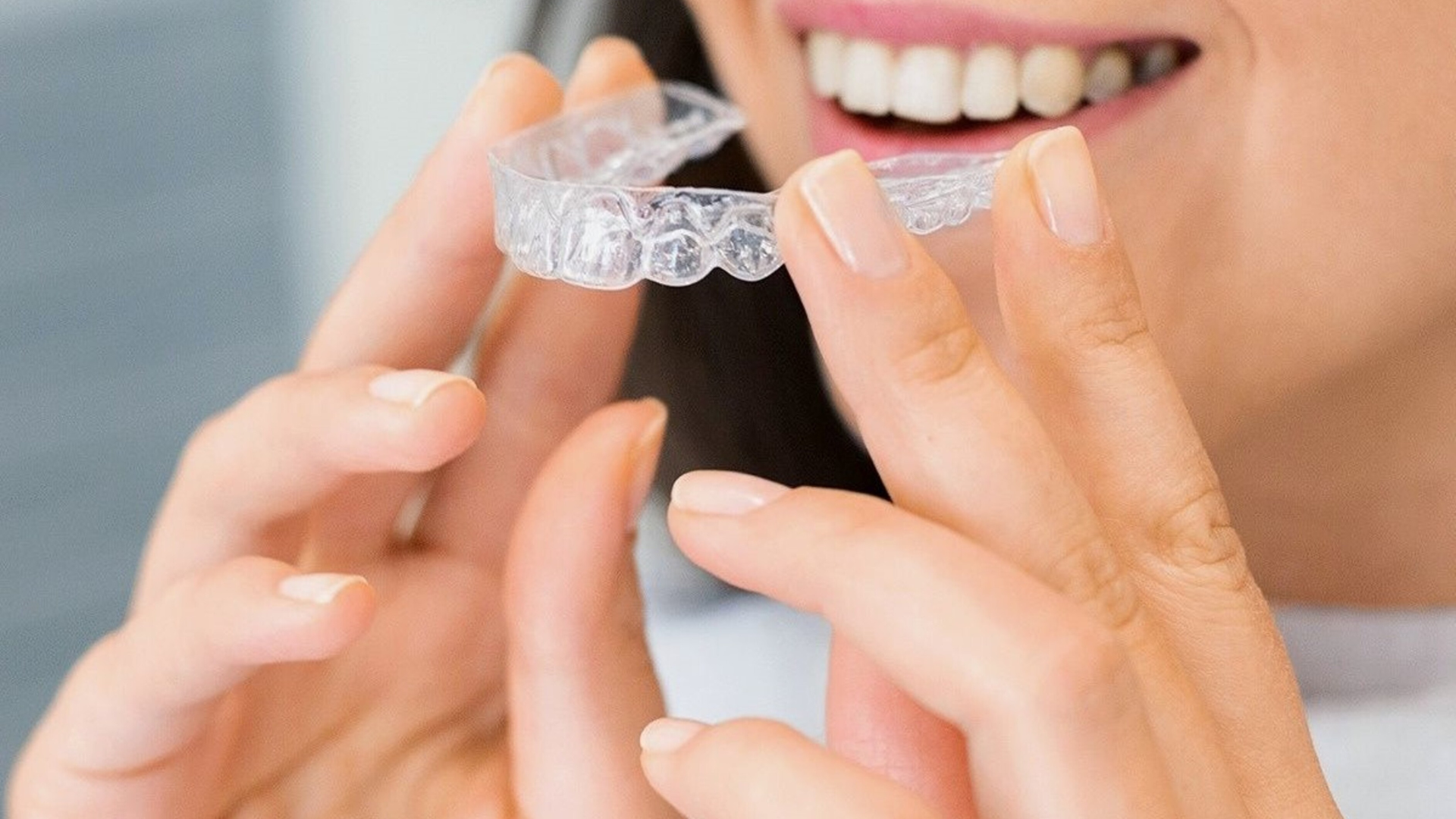What is a Smile Makeover: Everything You Need to Know
Understanding Smile Makeovers
Definition and Purpose
A Smile Makeover is a comprehensive process of improving the appearance of one's smile through one or more cosmetic dentistry procedures. It aims to enhance aesthetic appeal while often also addressing functional dental concerns.
- The purpose of a Smile Makeover is not only to improve how teeth look but also to boost self-confidence and overall oral health.
- Each Smile Makeover is tailored to the individual's unique facial features, skin tone, teeth (color, width, length, shape, and tooth display), and gum tissue.
The ultimate goal is to achieve a harmonious balance between aesthetics and functionality, resulting in a smile that is both beautiful and healthy.
Components of a Smile Makeover
A smile makeover is a comprehensive approach to improving the aesthetics of your smile through one or more cosmetic dentistry procedures. The components of a smile makeover vary depending on individual needs, but typically include a combination of the following:
- Teeth whitening to brighten the smile
- Dental veneers to correct imperfections
- Orthodontic treatments to align teeth
- Gum contouring to reshape the gum line
- Dental implants or bridges to replace missing teeth
Each component is carefully selected to address specific concerns and to enhance the overall appearance of the teeth and gums. The goal is to create a harmonious, balanced smile that complements the patient's facial features and boosts their confidence.
The success of a smile makeover depends not only on the quality of the procedures but also on the customization of the treatment plan to the patient's unique situation.

The Consultation Process
The consultation process is a critical step in the journey towards a smile makeover. It's the opportunity for you to discuss your dental concerns, desires, and expectations with a professional. During this initial meeting, the dentist will evaluate your oral health and discuss potential treatment options.
- Review of dental and medical history
- Examination of teeth, gums, and bite
- Discussion of aesthetic goals
- Explanation of treatment options and procedures
- Assessment of timeline and costs
The consultation is not just about the dentist understanding your needs, but also about you getting a feel for the dentist's approach and expertise. It's a two-way conversation that sets the stage for your smile transformation journey.
Remember, this is the time to ask questions and express any concerns you may have. A thorough consultation will help ensure that you are well-informed and comfortable with the proposed treatment plan.
The Smile Makeover Procedures
Teeth Whitening
Teeth whitening is a popular cosmetic dental procedure aimed at removing stains and discoloration, enhancing the brightness of your smile. Professional teeth whitening offers immediate and noticeable results, often making it a first choice for those looking to improve their smile aesthetics.
- In-Office Whitening: Performed by a dental professional, this method uses high-concentration bleaching gels for rapid results.
- At-Home Whitening Kits: Prescribed by dentists, these kits are less potent but allow for gradual whitening at your convenience.
- Over-the-Counter Products: These include whitening strips, toothpastes, and rinses, which are the least effective but also the most affordable option.
It's essential to have realistic expectations and understand that not all types of discoloration can be corrected with whitening. Some stains, such as those caused by medications or injury to the tooth, may not respond to traditional whitening treatments.
After the procedure, it's important to avoid foods and drinks that can stain your teeth, such as coffee, red wine, and berries, to maintain the results. Regular dental check-ups and cleanings will also help in preserving the brightness of your smile.
Dental Veneers
Dental veneers are a popular cosmetic dentistry procedure designed to improve the appearance of teeth by covering imperfections. They are thin shells, typically made of porcelain or composite resin, that are custom-made to fit over the front surface of your teeth.
- Preparation: The process usually involves the removal of a small amount of tooth enamel to accommodate the veneer.
- Customization: Impressions of your teeth are taken to create veneers that match your natural tooth color and shape.
- Bonding: Once ready, the veneers are permanently bonded to your teeth, instantly enhancing your smile.
Veneers can correct a range of dental issues, such as discoloration, chips, gaps, or misshapen teeth, providing a durable and aesthetically pleasing solution. With proper care, they can last for many years, making them a worthwhile investment for those seeking a flawless smile.
Orthodontics
Orthodontics is a critical component of many smile makeovers, focusing on the correction of teeth alignment and bite issues. Proper alignment is not only aesthetically pleasing but also beneficial for oral health.
- Traditional braces: Metal wires and brackets that correct alignment over time.
- Clear aligners: A less visible alternative to braces that can be removed for eating and cleaning.
- Retainers: Used post-treatment to maintain teeth positions.
Orthodontic treatments can vary in duration, typically ranging from a few months to a few years, depending on the complexity of the case. It's essential to discuss expectations and timelines with your dentist.
Choosing the right orthodontic option is a personalized decision. Factors such as the severity of misalignment, lifestyle, and budget play a significant role in determining the most suitable treatment.
Gum Contouring
Gum contouring, also known as gum reshaping, is a cosmetic procedure designed to alter the shape of the gums. The goal is to create a more balanced and aesthetically pleasing gum line. This procedure can correct issues such as a gummy smile, where an excessive amount of gum tissue is visible, or uneven gum lines that make the teeth appear asymmetrical.
- The process typically involves the removal or reshaping of excess gum tissue using a laser or scalpel.
- Healing time is generally quick, with most patients resuming normal activities within a few days.
- It's important to follow the dentist's post-procedure care instructions to ensure proper healing.
Gum contouring is often a part of a larger smile makeover plan and can make a significant difference in one's smile. While it is primarily cosmetic, it can also benefit one's oral health by making it easier to clean the teeth and gums effectively.
Dental Implants
Dental implants are a cornerstone of smile makeovers for individuals missing one or more teeth. They provide a permanent solution that mimics natural teeth both in appearance and function. The process involves several steps:
- Initial consultation and planning
- Tooth extraction if necessary
- Jawbone preparation, which may include bone grafting
- Implant placement into the jawbone
- Healing period for osseointegration
- Placement of the abutment
- Attachment of the artificial tooth or crown
Dental implants require a significant healing period, during which the implant fuses with the jawbone in a process known as osseointegration. This period is crucial for the stability and longevity of the implant.
Choosing dental implants is a decision that should be made with careful consideration of the patient's overall dental health, jawbone density, and lifestyle. Maintenance involves regular dental check-ups and good oral hygiene practices to ensure the longevity of the implants.
Choosing the Right Dental Professional
Qualifications and Experience
Choosing the right dental professional for a smile makeover is crucial, as it can significantly impact the outcome of your treatment. Ensure that the dentist has the necessary qualifications, which typically include a degree from an accredited dental school and a valid state license to practice dentistry.
- Look for additional certifications in cosmetic dentistry, such as those from the American Academy of Cosmetic Dentistry (AACD).
- Consider the dentist's level of experience, especially in performing smile makeovers. More years in practice can translate to greater expertise.
- Ask about the continuing education courses the dentist has taken. This is important because it shows a commitment to staying updated with the latest techniques and technologies in cosmetic dentistry.
When evaluating a dental professional's qualifications and experience, remember that a higher level of expertise often leads to better results and a more satisfying smile makeover experience.
Evaluating Before and After Photos
When choosing a dental professional for a smile makeover, evaluating before and after photos of previous patients can be incredibly insightful. These images not only showcase the dentist's technical skill but also their aesthetic judgment and ability to tailor treatments to individual needs.
- Look for a variety of cases that demonstrate versatility in addressing different dental issues.
- Assess the naturalness of the results; teeth should appear as if no work has been done.
- Pay attention to the consistency in the quality of outcomes across different patients.
It's important to remember that while before and after photos are helpful, they should not be the sole factor in your decision-making process. Consider them as part of a larger body of evidence of the dentist's expertise and artistry.
Reading Patient Testimonials
Patient testimonials offer invaluable insights into the experiences of others who have undergone smile makeovers. Reading through these personal stories can provide a clearer picture of what to expect both in terms of results and the level of care provided by the dental professional.
- Look for consistency in patient satisfaction.
- Pay attention to mentions of the dentist's bedside manner and professionalism.
- Note any recurring comments about the outcome of the procedures.
When evaluating testimonials, consider the authenticity and relevance to your own needs. A large number of positive reviews can be a good indicator of a dentist's expertise, but it's important to discern genuine feedback from promotional content.
Remember that while testimonials can be helpful, they should not be the sole factor in your decision-making process. It's essential to combine this information with other research, such as verifying qualifications and viewing before and after photos, to make an informed choice.
Consultation Expectations
When you schedule a consultation for a smile makeover, it's essential to have clear expectations about the process. The peak dental experience begins with a comprehensive evaluation of your oral health and aesthetic goals. Here's what you should anticipate during your initial visit:
- A detailed discussion about your dental concerns and desired outcomes.
- A thorough oral examination, including X-rays or 3D imaging if necessary.
- An assessment of your overall facial structure, tooth color, and alignment.
- An exploration of different treatment options and their expected results.
It's important to remember that a smile makeover is a collaborative process. Your input and the dentist's expertise will shape the final treatment plan.
Be prepared to ask questions and express any preferences you have regarding the procedures. The consultation is the perfect opportunity to address all your concerns and ensure that you and your dental professional are on the same page. After all, achieving the smile of your dreams should be a tailored journey that reflects your individual needs.
Recovery and Maintenance
Post-Treatment Care
After undergoing a smile makeover, post-treatment care is crucial for ensuring the longevity and success of the procedures. Proper care can significantly affect the outcome and durability of the dental work. Here are some general guidelines to follow:
- Adhere to any specific instructions provided by your dentist, as these are tailored to your individual treatment.
- Maintain good oral hygiene by brushing twice a day, flossing daily, and using mouthwash as recommended.
- Avoid foods and beverages that can stain or damage your new dental work, such as coffee, red wine, and hard candies.
- Attend regular dental check-ups and cleanings to monitor the health of your teeth and gums.
It's important to remember that while a smile makeover can provide dramatic results, it does not replace the need for regular dental care. Keeping up with a thorough oral hygiene routine and professional check-ups is essential.
If you experience any discomfort or issues with your new smile, contact your dentist immediately. Early intervention can prevent minor problems from becoming major concerns. The goal of post-treatment care is to protect your investment and enjoy the benefits of your new smile for as long as possible.
Long-Term Maintenance
Ensuring the longevity of a smile makeover is crucial, and long-term maintenance plays a pivotal role in this. Regular dental check-ups and cleanings are essential to maintain the health and appearance of your new smile. These visits allow your dentist to monitor your oral health and address any issues before they become significant problems.
- Practice good oral hygiene by brushing twice a day and flossing daily.
- Avoid foods and beverages that can stain or damage your teeth, such as coffee, red wine, and hard candies.
- Wear a nightguard if you have a habit of grinding your teeth to protect restorations.
Remember, a smile makeover is an investment in your appearance and self-confidence. Protecting this investment requires a commitment to oral care and lifestyle adjustments that support dental health. Failure to adhere to a maintenance routine can lead to the deterioration of the cosmetic work and necessitate additional treatments.
Dealing with Potential Complications
Even with the best planning and execution, complications can arise after a smile makeover. Being prepared to handle these issues is crucial for a successful recovery. Common complications may include sensitivity, discomfort, or unexpected aesthetic results.
- Monitor your oral health closely and report any concerns to your dentist immediately.
- Follow all post-treatment care instructions to minimize risks.
- Schedule regular follow-up visits to ensure proper healing and maintenance.
It's important to remember that minor adjustments after a procedure are normal and can be part of the process to achieve the perfect smile.
If complications persist or if you experience severe pain or signs of infection, seek professional dental care without delay. Timely intervention can prevent more serious issues and ensure the longevity of your smile makeover results.
Costs and Financing Options
Understanding the Costs Involved
A smile makeover can be a significant investment in your self-confidence and dental health. The costs can vary widely depending on the complexity and extent of the procedures required. Generally, the more comprehensive the makeover, the higher the expense.
- Initial consultation fees
- Fees for each individual procedure
- Costs for any necessary follow-up care
- Additional charges for sedation or anesthesia, if required
It's important to get a detailed breakdown of all the costs involved before beginning treatment. This will help you plan financially and avoid any surprises. Remember, investing in a smile makeover is not just about aesthetics; it's about improving the quality of your life.
While insurance may cover some aspects of dental work, cosmetic procedures are often not included. Be sure to discuss with your dental professional what is and isn't covered by your policy.
Insurance Coverage and Limitations
Navigating the intricacies of insurance coverage can be challenging when considering a smile makeover. Most cosmetic dental procedures are not covered by standard dental insurance plans, as they are deemed non-essential. However, there might be exceptions if a procedure also provides restorative benefits.
- Verify what your dental insurance covers and excludes.
- Determine if any procedures in your smile makeover qualify for partial coverage.
- Understand the difference between cosmetic and restorative procedures as defined by your insurance policy.
It's crucial to discuss insurance limitations with your dental professional during the consultation. They can provide insights into which treatments might be partially covered and help you navigate the claims process.
Always review your insurance policy's fine print and consult with your insurance provider to clarify any ambiguities. Remember that insurance policies vary widely, and staying informed will help you manage your expectations and budget accordingly.
Financing and Payment Plans
Understanding the financial aspect of a smile makeover is crucial as it can be a significant investment. Many dental practices offer financing and payment plans to help manage the cost of treatment. These options can make the process more accessible and less burdensome on your budget.
- In-house financing may be available, allowing you to make payments directly to the dental office over time.
- Third-party financing companies often provide loans or credit lines specifically for healthcare services, including dental work.
- Some practices offer discounts for upfront payments or for procedures bundled together.
It's important to ask about all available payment options and understand the terms and conditions before committing to a plan. This ensures that there are no surprises when it comes to managing your dental expenses.
Always inquire about the interest rates, the length of the payment period, and any potential penalties for late or missed payments. A clear understanding of these factors will help you choose the best financing option for your situation.
Evaluating the Investment
When considering a smile makeover, it's essential to view it not just as a cost, but as an investment in your self-confidence and quality of life. The value of a smile makeover extends beyond the aesthetic enhancement; it can have profound effects on your personal and professional interactions.
- Assess the potential boost to your self-esteem.
- Consider the positive impact on social and professional opportunities.
- Reflect on the long-term benefits to your oral health.
A smile makeover can be a transformative experience, offering benefits that are not purely financial but deeply personal. It's important to weigh these intangible gains alongside the monetary costs.
Remember, the cheapest option is not always the best when it comes to your health and happiness. Quality and durability are crucial factors that can save you money in the long run by reducing the need for future repairs or adjustments. Carefully evaluate the expertise of the dental professionals and the quality of the materials they use, as these will directly influence the success and longevity of your smile makeover.
Frequently Asked Questions
What exactly is a smile makeover?
A smile makeover is a comprehensive process of improving the appearance of your smile through one or more cosmetic dentistry procedures, such as teeth whitening, dental veneers, orthodontics, gum contouring, and dental implants.
How do I know if I need a smile makeover?
You might consider a smile makeover if you are dissatisfied with your smile's appearance due to issues like discoloration, tooth misalignment, gaps, or missing teeth. A consultation with a cosmetic dentist can help determine if a smile makeover is right for you.
What should I expect during a smile makeover consultation?
During a consultation, a cosmetic dentist will evaluate your oral health, discuss your aesthetic goals, and recommend a personalized treatment plan. They may also take photographs, X-rays, or dental impressions to aid in planning your smile makeover.
How long does a smile makeover take to complete?
The duration of a smile makeover varies depending on the procedures involved and their complexity. It can range from a single visit for teeth whitening to several months for orthodontic treatment or dental implants.
Are smile makeovers covered by dental insurance?
Smile makeovers are often considered cosmetic and may not be covered by dental insurance. However, certain procedures that also provide restorative benefits, such as dental implants, may be partially covered. It's important to check with your insurance provider for specific coverage details.
What are some tips for maintaining the results of a smile makeover?
To maintain your smile makeover results, practice good oral hygiene, including brushing twice a day, flossing daily, and visiting your dentist regularly. Avoid habits that can damage your teeth, such as smoking or biting on hard objects, and consider using a mouthguard if you play contact sports.


